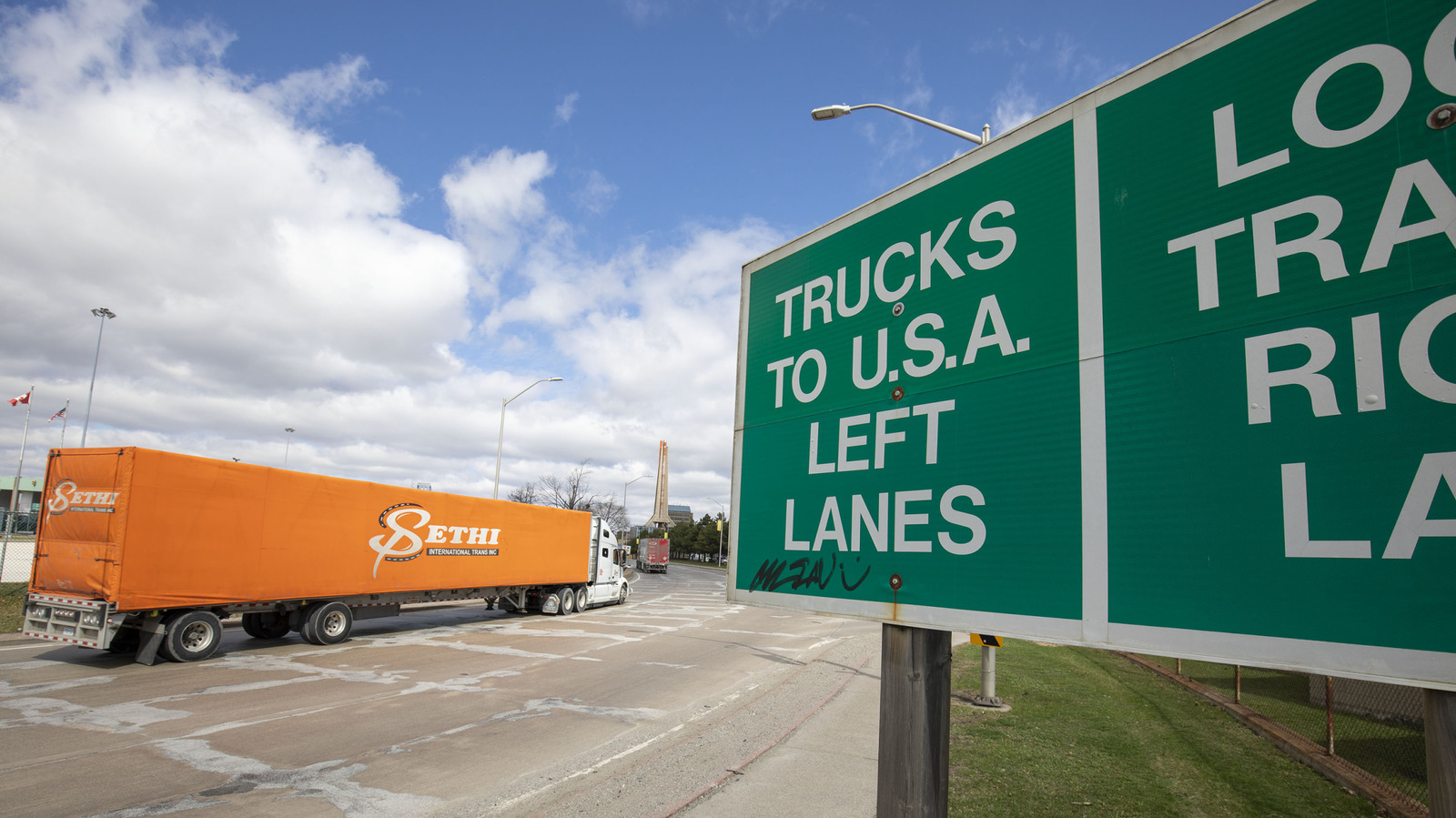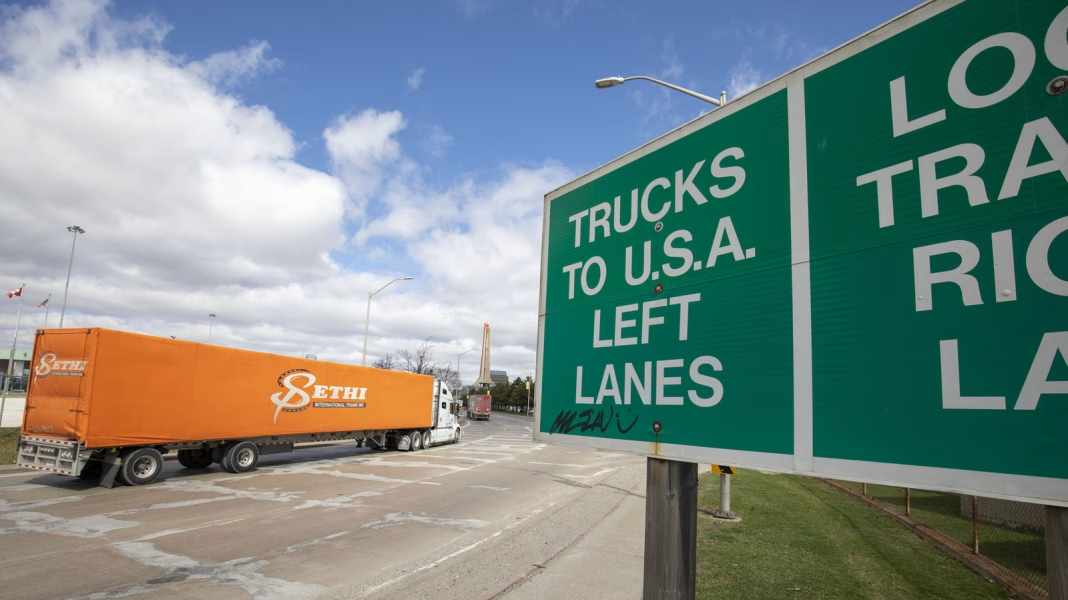Navigating the bridge between Detroit and Canada can be a bit of a maze, and it’s easy to see how someone might take a wrong turn. This isn’t just a minor inconvenience; it can lead to some serious consequences. Let’s dive into what makes this route so tricky and the potential fallout from a simple navigational error.
What Makes the Detroit-Canada Bridge So Confusing?
The bridge connecting Detroit to Windsor, Canada, is a vital artery for both local traffic and international trade. However, its design can be disorienting, especially for those unfamiliar with the area. With multiple entry and exit points, it’s not uncommon for drivers to accidentally veer off course. Add to that the fact that signage can be sparse or misleading, and you have a recipe for confusion.
For instance, a driver might intend to cross into Canada but instead find themselves inadvertently heading toward a different route altogether. This isn’t just a matter of taking the scenic route; it can lead to serious legal issues, especially if the driver is not prepared for the implications of crossing international borders without the proper documentation.
What Happens When You Take a Wrong Turn?
Taking a wrong turn can lead to a range of consequences, from minor inconveniences to major legal troubles. For example, if a driver accidentally crosses into Canada without the necessary paperwork, they could face fines, detainment, or even deportation. This is particularly concerning for individuals from countries with strict immigration policies.
A recent case highlighted these risks when a Venezuelan man mistakenly drove into Canada and ended up in a precarious situation. After being detained, he was sent to a notorious prison in El Salvador, known for its harsh conditions. This underscores the importance of being aware of your surroundings and understanding the legal ramifications of your actions when navigating international borders.
How to Avoid Getting Lost on the Bridge
So, how can you navigate this tricky bridge without falling into a legal trap? Here are a few tips:
1. **Plan Ahead**: Before hitting the road, familiarize yourself with the route. Use GPS apps that provide real-time updates and clear directions. Some apps even allow you to set waypoints to ensure you stay on track.
2. **Pay Attention to Signage**: Keep an eye out for signs indicating border crossings and exits. If something doesn’t seem right, don’t hesitate to pull over in a safe area and reassess your route.
3. **Stay Calm**: If you do find yourself on the wrong path, don’t panic. Safely pull over, check your GPS or map, and reroute yourself. It’s better to take a moment to regroup than to make a hasty decision that could lead to trouble.
4. **Know the Rules**: Familiarize yourself with the entry requirements for Canada. Ensure you have the necessary documentation, such as a passport or visa, if required. This knowledge can save you a lot of headaches down the line.
Real-Life Implications: A Cautionary Tale
The story of the Venezuelan man serves as a stark reminder of the potential dangers lurking in seemingly simple mistakes. His experience illustrates how a wrong turn can escalate quickly, leading to dire consequences. While not everyone will face such extreme outcomes, it’s crucial to understand that the stakes can be high when crossing borders.
Navigating the bridge between Detroit and Canada doesn’t have to be a daunting task. With a bit of preparation and awareness, you can avoid the pitfalls that come with a wrong turn.
The big takeaway? Navigating international borders isn’t about perfection—it’s about smarter adjustments. Start with one change this week, whether it’s planning your route more carefully or brushing up on border regulations, and you’ll likely spot the difference in your travel experience.


